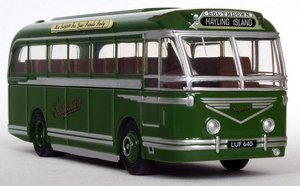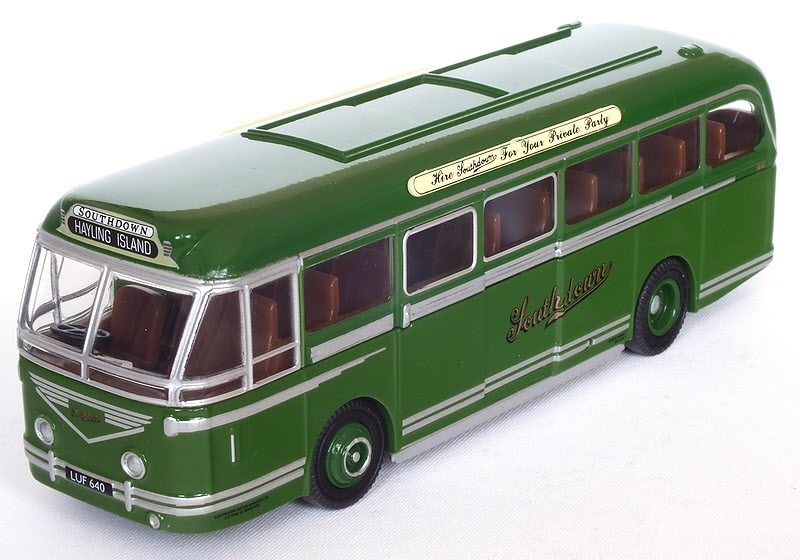
This is Oxford Die-cast's third 1/76 bus/coach model and follows on the heals of last year's the Bedford OWB Utility Bus. The Scania Irizar PB coach has yet to make an appearance as a standard Oxford release although an example has already been produced for Atlas Editions' Eddie Stobart Collection.
Oxford's latest model, like the Bedford OWB is very competitively priced and has a RRP of just £12.95 although some retailers are selling it for as little as £10.
This is well under half the price of the cheapest comparable EFE die-cast buses and also lower than the plastic models recently produced by B-T Models. Some may wonder if sacrifices have had to made to achieve this low price point, so I'll start by taking a look at the construction of the model.
It's fair to say the model contains a good amount of die-cast metal but there's a lot more plastic, in fact I'd say over 60% is actually plastic if you include the interior.
The die-cast content is limited to the lower part of the model, this is still large enough to give the model some weight despite the baseplate & everything above the waistband being plastic.
Fortunately the external appearance of the model hasn't suffered as a result of this high plastic content and in some ways may have been enhanced.
This first release of the model depicts Southdown's LUF 640 (fleet no. 1640) in traditional coach livery bound for Hayling Island. First impressions are good in terms of the livery application, the mainly green base colour is only relieved by the fairly extensive decorative chrome work characteristic of these vehicles. The green colour used seems to be a good match to that used by Southdown while the chrome work is reproduced using silver paint that again looks convincing and has been very cleanly applied all round.



